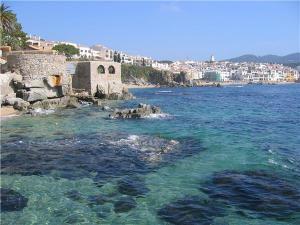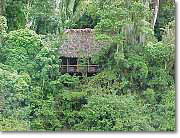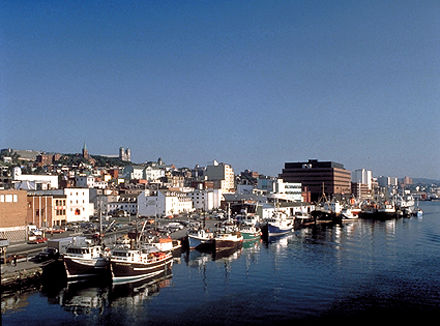Family Secrets
Lies, Enrique De Heriz, Translated from the Spanish 2007
In this family from a small fishing village near Barcelona, the aging father, a painter and family story teller, suffers from Parkinson’s. The mother, a pioneering retired anthropologist specializing in primitive death rituals, travels to an isolated Guatemala resort to be alone. The oldest son is a supposedly successful divorced lawyer; his son, after an 18 month coma, suffers from brain damage and can only blurt out truths. The second son is a divorced pianist and composer. The daughter is single, pregnant, 38 years old, a truth seeker. The novel is written alternately in the voice of the mother and the daughter.

The book concerns itself with family myths created by the painter and his mother about his father Simon who died before the painter was born; of the Russian woman next door who swam nude in her own private cove and posed for a nude portrait now hanging in the family home; and of Chinese poet Li Po.

The mother secretly researches Simon and the Russian woman to discover the truth behind the myths but accidentally “dies” in a Guatemala boating mishap. In reality she discovers the body of a European woman and her own backpack accompanies the body to authorities who notify the family. The mother stays silent curious to observe or imagine the rituals surrounding her own “death”. She discovers, for all her studies, that she is unprepared to die.
The Custodian of Paradise, Wayne Johnston, 2007, Canada

Set largely in St John’s, Newfoundland from early in the 20th century into WWII, this is the story of an unusual woman. Abandoned by her mother when she was 6, the girl grows to an astounding 6 foot 3 inches in her early teens. Her father is a doctor, much ridiculed and at the margins of the St. John’s society of quality. Traumatized by the abandonment by his wife a Boston socialite and former nun, the small father must now bear the rumors that he is not the father of so tall a girl.
To defend herself from the disapproval and teasing of school mates and town people, the girl develops a quick wit and sharp tongue. At 15 she becomes pregnant and goes to Manhattan, to her remarried mother’s house, to have her baby, actually twins, a boy and a girl. The babies are raised by her mother as if they were her own, and the girl returns to St. John’s.
She does not return to her private school but enters an essay contest offered by the local newspaper. Her biting, cynical essay wins the contest and the editor hires her to write a witty column. She targets society, the clergy, the school masters, politicians, and most every other power in St. John’s. The newspapers circulation jumps. She writes using a pseudonym and often writes and signs letters from prominent citizens. She becomes known as “Fielding the Forger”, smokes cheap strong cigarettes and drinks moonshine liquor during prohibition.
The novel is written in the modern time-line shuffling manner. During WWII she finds and lives on an abandoned island where she can be alone to think and to write. The novel moves between her activities and writing on the island, and accounts of her school days, time in Manhattan, column writing and drinking, etc.
The driving mystery of the novel is the girl trying to understand why her mother abandoned her, who her biological father is, what has happened to her children. Returning to Manhattan, she comes down with TB spends two years in a sanitarium and is left crippled. 500 pages long, the style, settings, and mysteries keep you reading. Most interesting, perhaps, is what it is like to live in a small provincial society as an outcast. St. John’s today has a population of 100,000.